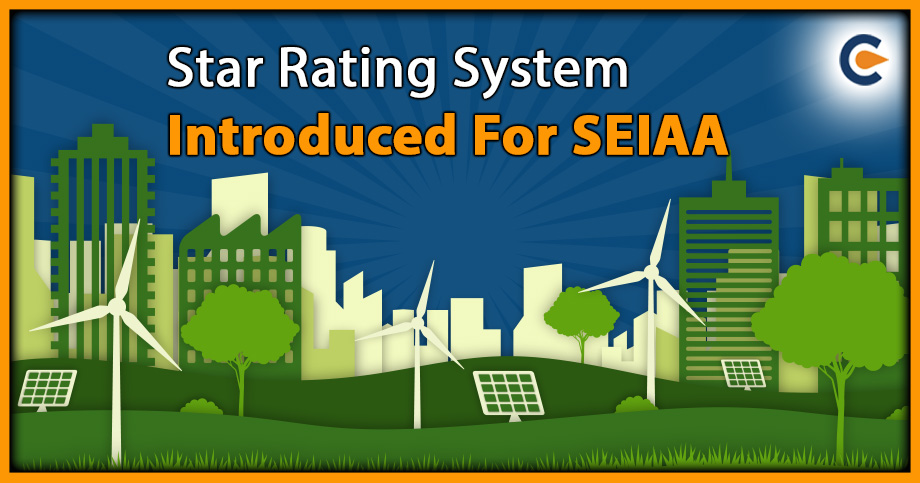





Copyright infringement not intended
Picture Courtesy: https://corpbiz.io/learning/star-rating-system-introduced-for-seiaa/
Context: The Union Ministry of Environment, Forest and Climate Change (MoEFCC) has informed the National Green Tribunal (NGT) that its proposal to establish a star-rating system for State Environment Impact Assessment Authorities (SEIAAs) based on their efficiency in providing environmental clearances has not yet been implemented. This delay follows a challenge filed against the system by a Tamil Nadu-based organisation working for fishermen's rights.
Details
|
National Green Tribunal (NGT) ●The National Green Tribunal (NGT) was established in 2010, under the National Green Tribunal Act 2010. ●It was created to facilitate the effective and expeditious disposal of cases related to environmental protection, conservation of forests, and other natural resources. ●The NGT is empowered to enforce legal rights relating to the environment, provide relief and compensation for damages to persons and property, and address matters connected with or incidental to environmental conservation. ●It operates independently and is not bound by the procedural rules laid down under the Code of Civil Procedure, 1908. Instead, it is guided by principles of natural justice. ●The Tribunal is mandated to make efforts to dispose of applications or appeals within six months of filing. |
State Environment Impact Assessment Authorities (SEIAAs)
The seven ranking criteria are:
|
Average time for granting environmental clearances (ECs) |
●Encourages SEIAAs to adhere to the mandated 105-day timeline for processing EC applications, as per the EIA Notification 2006. ●SEIAAs complying with the timeline are granted 1 mark; those deciding within 105-120 days receive 0.5 marks. ●No negative markings for not meeting the criteria. |
|
Timeliness of processing ToR (Terms of Reference) applications |
●Aimed at reducing undue delays in deciding on Terms of Reference (ToR) proposals. ●Notifications by the Ministry require referral of new projects to Expert Appraisal Committees (EACs) or State Expert Appraisal Committees (SEACs) within 30 days. ●No negative markings for not meeting the criteria. |
|
Timeliness of processing EC applications |
●Based on the provision of the EIA Notification 2006, which sets a 105-day timeframe for granting EC. ●Intended to encourage SEIAAs to meet this timeline. ●No negative markings for not meeting the criteria. |
|
Number of times additional information is requested |
●Aims to streamline the information sought by committees to maintain consistency and avoid irrelevant details. ●No negative markings for not meeting the criteria. |
|
Average time to accept ToR/EC applications |
●Encourages efficient scrutiny of proposals for accepting or raising Environmentally Sensitive Issues (EDS). ●No negative markings for not meeting the criteria. |
|
Complaints addressed by SEIAA |
●Increases accountability of SEIAAs to the public by addressing complaints in a timely manner. ●No negative markings for not meeting the criteria. |
|
Percentage of projects with SEIAA/SEAC site visits |
●Encourages SEIAAs and SEACs to conduct site visits when necessary for a thorough evaluation of projects' environmental impact. ●No negative marking for taking more site visits than prescribed. |
Conclusion
|
PRACTICE QUESTION Q. The environmental impacts of growth are usually unequally distributed, with certain regions bearing the burden of pollution and resource depletion while others benefit economically. How to achieve environmental justice - the fair treatment and participation of all communities - in development decisions? |






© 2026 iasgyan. All right reserved